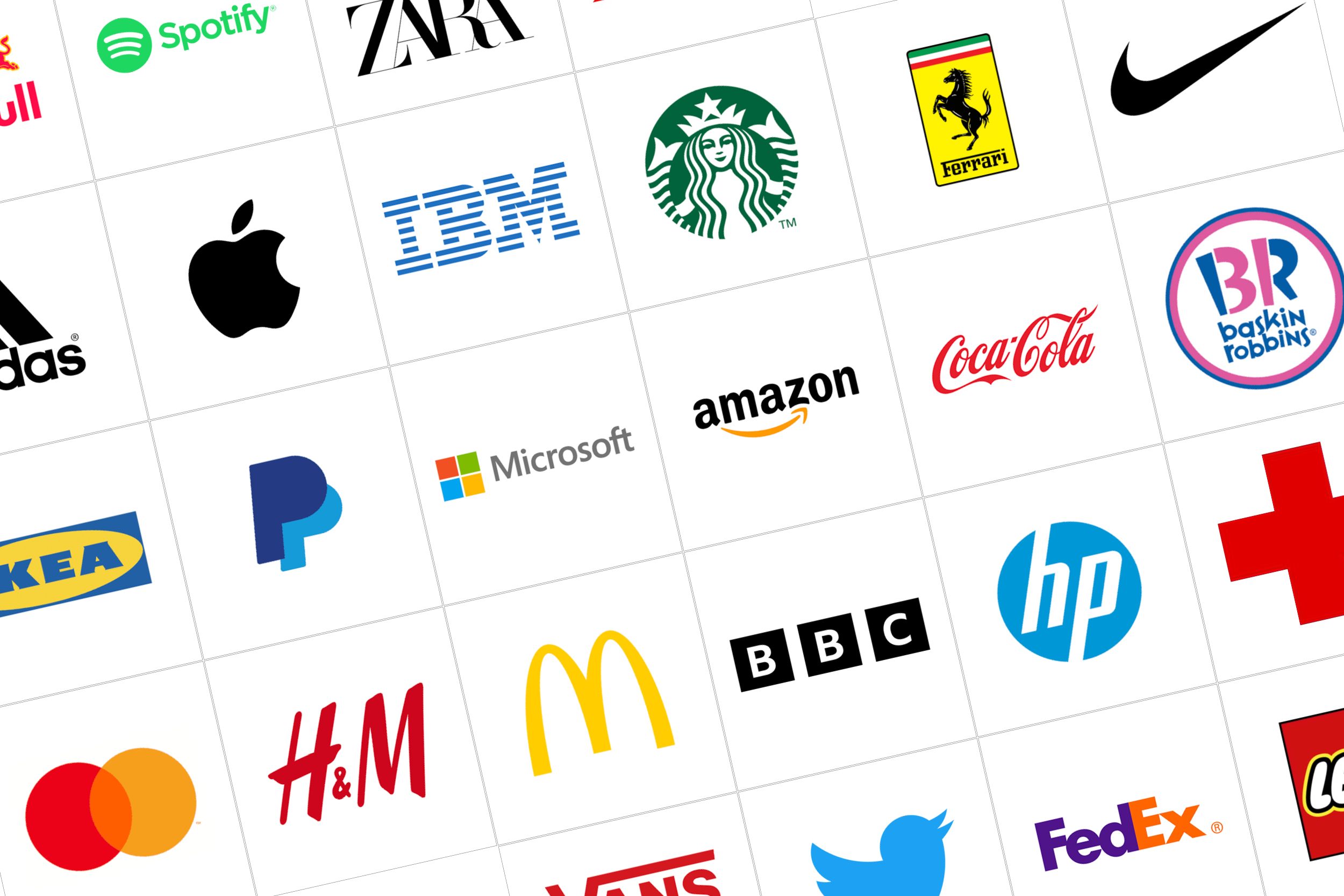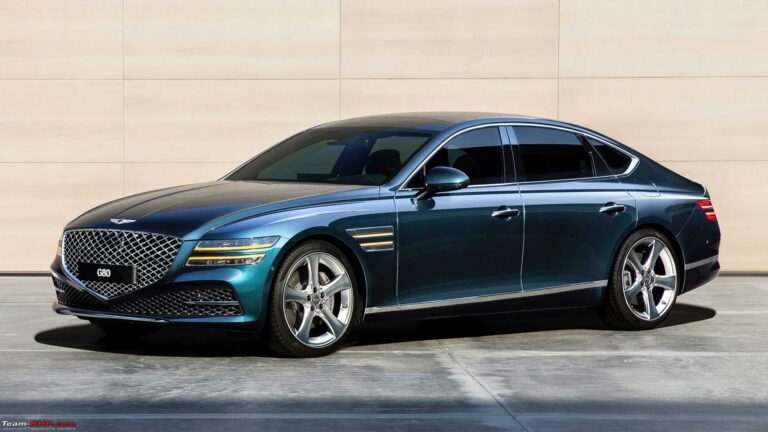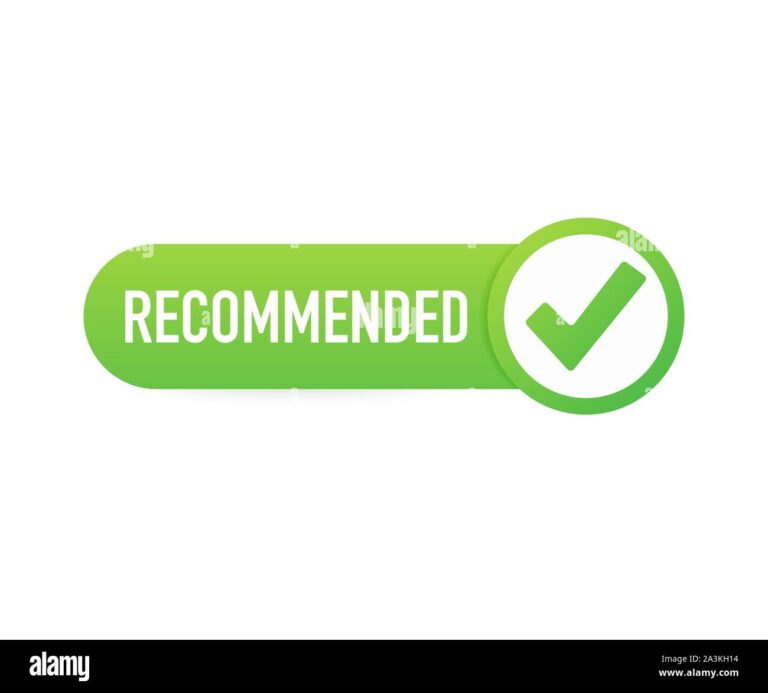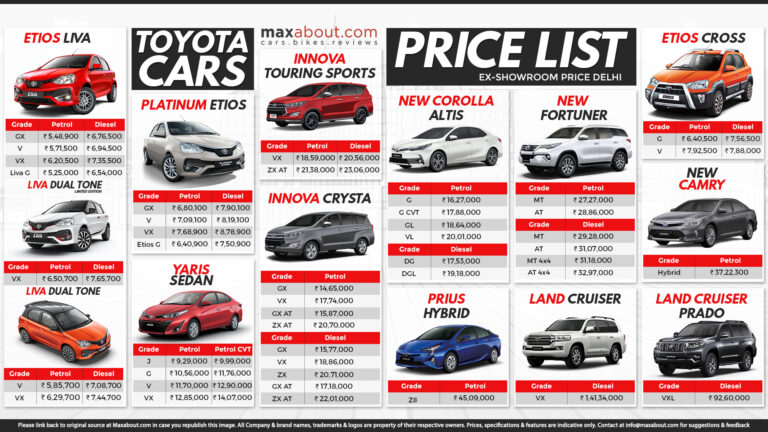Brand New Cars Under $16,000: Navigating the Entry-Level Market
Brand New Cars Under $16,000: Navigating the Entry-Level Market cars.truckstrend.com
In an automotive landscape increasingly dominated by SUVs, advanced technology, and rising prices, the notion of finding a brand-new car for under $16,000 might seem like a relic of the past. However, for budget-conscious buyers, first-time car owners, or those simply seeking reliable, basic transportation with the peace of mind of a factory warranty, this price point remains a crucial benchmark. While challenging, identifying and acquiring a new vehicle within this tight budget is still possible with diligent research, strategic shopping, and realistic expectations. This comprehensive guide will delve into the realities of the sub-$16,000 new car market, identify potential contenders, offer actionable strategies for finding such a deal, and highlight key considerations beyond the sticker price.
The Elusive Entry Point: Understanding the Sub-$16,000 New Car Market
Brand New Cars Under $16,000: Navigating the Entry-Level Market
The automotive industry has seen significant shifts over the past decade, driven by inflation, supply chain disruptions, increased manufacturing costs, and a consumer demand for more features, safety technologies, and larger vehicles. These factors have pushed the average new car transaction price well above $45,000. Consequently, the segment of truly "brand new cars under $16,000" has become exceedingly small, almost to the point of extinction in some regions.
What does this mean for you? It means setting realistic expectations is paramount. You won’t find a spacious SUV, a performance-oriented sedan, or a vehicle laden with premium features at this price point. Instead, you’ll be looking at entry-level subcompact sedans or hatchbacks, often with manual transmissions, basic infotainment systems, and minimal comfort features. These vehicles are designed for one primary purpose: affordable, reliable transportation from point A to point B, often prioritizing fuel efficiency and low maintenance costs above all else. Understanding this limitation is the first step toward a successful purchase.
What to Expect from a New Car Under $16,000
When your budget is capped at $16,000 for a brand new vehicle, compromise is inevitable. Here’s a breakdown of what you can realistically expect:
- Vehicle Type: Your options will almost exclusively be subcompact sedans or hatchbacks. These are the smallest and most economical cars offered by manufacturers, built with a focus on affordability. Examples often include models like the Mitsubishi Mirage, Kia Rio, and Nissan Versa, though their base MSRPs now frequently creep above the $16,000 mark.
- Features & Technology: Don’t anticipate a plethora of high-tech gadgets. Base models typically come with:
- Manual Transmission: Often the standard option, keeping the price down. Automatic transmissions usually add $1,000-$2,000 to the MSRP.
- Basic Infotainment: Expect a simple radio with Bluetooth connectivity. Apple CarPlay and Android Auto are becoming more common even on base trims, but don’t count on large touchscreens, navigation, or premium sound systems.
- Manual Windows and Locks: While less common now, some absolute base trims might still feature manual windows, particularly in the rear. Power windows and locks are generally standard on most current models, but keyless entry might be absent.
- Steel Wheels with Hubcaps: Alloy wheels are typically reserved for higher trim levels.
- Safety Features: Standard safety features mandated by law (like airbags and anti-lock brakes) will be present. However, advanced driver-assistance systems (ADAS) like automatic emergency braking, lane-keeping assist, or adaptive cruise control are usually optional extras or only available on higher trims, pushing the price well over your budget. Some manufacturers, like Nissan, are starting to include basic ADAS even on their cheapest models.


- Performance: Engines will be small, typically 3-cylinder or 4-cylinder units with modest horsepower (often under 100 hp). Acceleration will be adequate for city driving but can feel strained on highways. Fuel economy, however, is often a strong point, making these cars very economical to run.
- Interior Quality: Expect durable, hard plastics and basic cloth upholstery. Comfort will be functional rather than luxurious. Noise insulation might be minimal, leading to a louder cabin at higher speeds.
- Target Audience: These vehicles are ideal for urban commuters, students, individuals seeking a low-cost daily driver, or as a reliable second family car. They excel in tight city parking and offer excellent maneuverability.
Identifying the Contenders: Closest Options to $16,000 (with caveats)
It’s crucial to state upfront: as of late 2023/early 2024, finding a brand new car with an MSRP (Manufacturer’s Suggested Retail Price) strictly under $16,000 before destination fees, taxes, and options is exceedingly difficult, if not impossible. The vehicles listed below are the closest contenders whose base MSRPs start at or slightly above this threshold. Achieving a final "out-the-door" price under $16,000 will almost certainly require aggressive negotiation, significant manufacturer incentives, or specific dealer discounts.
Here are the models that historically, and still currently, occupy the bottom of the new car pricing ladder:
- Mitsubishi Mirage (Hatchback) / Mirage G4 (Sedan): The Mirage has long held the title of America’s cheapest new car. Its base ES trim is usually the closest to the $16,000 mark.
- Pros: Excellent fuel economy, one of the best new car warranties (10-year/100,000-mile powertrain), surprisingly good standard tech (7-inch display, Apple CarPlay/Android Auto, automatic climate control).
- Cons: Underpowered 1.2L 3-cylinder engine, noisy, basic interior, slow acceleration.
- Nissan Versa (Sedan): The Versa offers a slightly more refined experience than the Mirage, often with a more spacious interior.
- Pros: Spacious interior for its class, comfortable front seats, surprisingly good standard safety features (Nissan Safety Shield 360 on all trims, including automatic emergency braking), reasonable trunk space.
- Cons: Base S trim often comes with a manual transmission (CVT adds cost), modest performance.
- Kia Rio (Sedan) / Rio 5-Door (Hatchback): Known for offering good value and a relatively refined ride for its price point.
- Pros: Modern exterior styling, comfortable ride, good infotainment system (8-inch touchscreen with wireless Apple CarPlay/Android Auto on most trims), solid warranty (5-year/60,000-mile basic, 10-year/100,000-mile powertrain).
- Cons: Limited advanced safety features on base trims, engine can be loud under hard acceleration.
- Hyundai Accent (Sedan): (Note: The Accent has been discontinued in some markets, so availability may vary. Its role has largely been taken over by the Venue.)
- Pros: Similar to the Kia Rio in terms of value and features, comfortable ride, good fuel economy.
- Cons: Basic interior, limited availability.
Important Note on Pricing: The MSRPs listed in the table below are starting points for the base trim level and do not include destination fees (typically $1,000-$1,200), taxes, registration fees, or any dealer-added accessories. These additional costs will push the final price well above the listed MSRP. Therefore, reaching the sub-$16,000 "out-the-door" price is exceptionally challenging and will require significant incentives or dealer discounts.
Strategies for Finding a New Car Under $16,000 (or close to it)
Given the current market, finding a truly "brand new car under $16,000" requires more than just knowing which models exist. It demands strategic shopping:
- Focus Solely on Base Trims: Do not even consider optional packages, fancy paint colors, or premium wheels. Every added feature pushes the price up. You are looking for the absolute entry-level model.
- Opt for Manual Transmission (if available): Manual transmissions are almost always cheaper than their automatic counterparts, often by $1,000 to $2,000. If you can drive stick, this is an immediate cost-saver.
- Research Manufacturer Incentives and Rebates: Automakers frequently offer cash-back incentives, low APR financing, or lease deals to move inventory. Check manufacturer websites for regional offers. Sometimes, a specific model might have a significant rebate that brings its price within your target.
- Negotiate Aggressively: Even on the cheapest cars, there’s usually some wiggle room. Be prepared to walk away if the dealer isn’t meeting your price. Research the dealer invoice price online (though this is harder to find on base models) to understand their margin.
- Shop at the End of the Month/Quarter/Year: Dealerships often have sales targets they need to meet. Visiting towards the end of these periods can give you more leverage for a better deal.
- Consider Last Year’s Models: As new model years arrive (typically in late summer/fall), dealers are eager to clear out the previous year’s inventory. You might find a significant discount on a 2023 model when 2024 models are hitting lots.
- Be Flexible on Color: Dealers might offer discounts on less popular colors that have been sitting on the lot longer.
- Expand Your Search Radius: Don’t limit yourself to local dealerships. A dealer a few hours away might have the exact trim level or offer a better deal to move a specific vehicle.
- Factor in All Costs: Remember that the sticker price is just the beginning. Budget for destination fees, sales tax, registration, title fees, and potential dealer documentation fees. These can add thousands to the final price.
Important Considerations Beyond the Price Tag
While the upfront cost is your primary concern, a holistic view of vehicle ownership is crucial, especially when buying at the entry-level:
- Total Cost of Ownership (TCO): Beyond the purchase price, consider fuel economy, insurance costs, and routine maintenance. Generally, simpler, smaller cars have lower TCO.
- Fuel Economy: Vehicles in this segment often excel in fuel efficiency, which can save you significant money over the life of the car. Look for EPA estimated MPG ratings.
- Reliability: Research long-term reliability ratings from sources like Consumer Reports or J.D. Power. A new car offers the benefit of a factory warranty, but knowing the model’s track record is still wise.
- Safety Features: While advanced ADAS might be absent, ensure the car has standard airbags, anti-lock brakes (ABS), and electronic stability control (ESC). Some models, like the Nissan Versa, now offer basic ADAS even on their cheapest trims, which is a significant plus.
- Resale Value: While not a primary concern for everyone, some cars hold their value better than others. Generally, reliable, fuel-efficient models with good reputations tend to depreciate slower.
- Financing: Even with a low purchase price, consider your interest rate. A high APR can significantly increase your total cost. Get pre-approved for a loan from a bank or credit union before visiting the dealership to ensure you get the best rate.
- Test Drive: Always test drive the exact trim level you intend to buy. Ensure it meets your basic needs for comfort, visibility, and driving dynamics, especially if it’s a manual transmission.
Brand New Cars: Estimated Starting MSRPs (2024 Models, Base Trims)
- Disclaimer: The prices below are estimated Manufacturer’s Suggested Retail Prices (MSRPs) for the absolute base trim levels of 2024 models. They DO NOT include destination charges (typically $1,000-$1,200), taxes, registration fees, or any dealer-added options or markups. These additional costs will push the final "out-the-door" price well above the listed MSRP. Finding a vehicle truly under $16,000 in total cost is extremely challenging and likely requires significant manufacturer incentives or dealer discounts.
| Make | Model | Body Style | Est. 2024 Starting MSRP (Base Trim) | Key Features (Base Trim) | Pros | Cons |
|---|---|---|---|---|---|---|
| Mitsubishi | Mirage ES | Hatchback | ~$16,695 | 1.2L 3-cyl (78 hp), CVT, 7-inch display, Apple CarPlay/Android Auto, Auto Climate Control | Best-in-class fuel economy, longest basic/powertrain warranty | Underpowered, noisy, basic interior, small cargo space |
| Mitsubishi | Mirage G4 ES | Sedan | ~$17,695 | 1.2L 3-cyl (78 hp), CVT, 7-inch display, Apple CarPlay/Android Auto, Auto Climate Control | Best-in-class fuel economy, long warranty, larger trunk than hatch | Underpowered, noisy, basic interior |
| Nissan | Versa S | Sedan | ~$16,390 | 1.6L 4-cyl (122 hp), 5-speed Manual, 7-inch touchscreen, Standard Safety Shield 360 | Good standard safety tech, spacious interior, comfortable ride | Base is manual (CVT costs extra), somewhat bland performance |
| Kia | Rio LX | Sedan | ~$17,900 | 1.6L 4-cyl (120 hp), CVT, 8-inch touchscreen, Wireless Apple CarPlay/Android Auto | Good value for features, comfortable ride, modern tech for price | Engine can be loud under acceleration, limited advanced safety features |
| Kia | Rio S | Hatchback | ~$18,800 | 1.6L 4-cyl (120 hp), CVT, 8-inch touchscreen, Wireless Apple CarPlay/Android Auto | More versatile cargo space, similar benefits to sedan | Higher starting price, limited advanced safety features |
(Note: The Hyundai Accent has largely been discontinued for the U.S. market, with its segment being filled by the Hyundai Venue, which typically starts above $19,000.)
Frequently Asked Questions (FAQ)
Q: Are there any brand new cars truly under $16,000 anymore?
A: Strictly speaking, it’s extremely rare for a car’s final "out-the-door" price (including destination, taxes, and fees) to be under $16,000 in today’s market. The base MSRP of the cheapest cars often starts slightly above $16,000. Achieving this price point requires significant manufacturer incentives, aggressive dealer discounts, or buying a very specific, stripped-down model from a previous model year’s clearance.
Q: What’s the cheapest new car I can buy?
A: Historically, the Mitsubishi Mirage (hatchback) and Mirage G4 (sedan) have consistently been the lowest-priced new cars in the U.S. market. The Nissan Versa is often a close second.
Q: What features should I expect from a new car at this price point?
A: Expect basic, functional features. This typically includes a manual transmission, manual or power windows and locks, a basic radio with Bluetooth (often with Apple CarPlay/Android Auto now), steel wheels, and standard safety features like airbags and ABS. Advanced driver-assistance systems are usually optional or absent.
Q: Is it better to buy a new car under $16,000 or a used car for the same price?
A: Both have pros and cons. A new car offers a full factory warranty, no prior history to worry about, and the latest (albeit basic) technology. A used car for $16,000 might offer a larger vehicle, more features, or a higher trim level that would be out of budget new. However, used cars come with potential unknown history, no factory warranty (or limited remaining), and potentially higher maintenance costs. For peace of mind and predictable costs, a new car can be a good choice if you accept its limitations.
Q: What hidden costs should I be aware of when buying a new car?
A: Beyond the MSRP, anticipate destination/delivery fees (mandatory, typically $1,000-$1,200), sales tax (varies by state), registration and title fees, and potential dealer documentation fees (can range from a few hundred to over a thousand dollars). These add-ons significantly increase the final price.
Q: How important is fuel economy in this segment?
A: Very important. Vehicles in this price range are designed for economy. Their excellent fuel efficiency can lead to significant savings over the car’s lifetime, helping to offset the overall cost of ownership.
Q: Can I finance a car at this price?
A: Yes, you can finance a car at this price. However, ensure you have a good credit score to qualify for the best interest rates. A high interest rate, even on a low-priced car, can add hundreds or thousands to your total cost over the loan term. It’s advisable to get pre-approved for a loan from a bank or credit union before visiting the dealership.
Conclusion
Finding a brand new car for under $16,000 in today’s automotive market is a significant challenge, but not an impossible one. It requires a clear understanding of market realities, a willingness to prioritize essential functionality over luxurious features, and a commitment to strategic shopping. While the options are few and often hover just above the target price, models like the Mitsubishi Mirage, Nissan Versa, and Kia Rio remain the closest contenders, offering basic, reliable transportation with the invaluable benefit of a new car warranty.
By focusing on base trims, leveraging manufacturer incentives, negotiating effectively, and understanding all associated costs, budget-conscious buyers can still drive off the lot in a brand-new vehicle. Ultimately, purchasing a car at this price point is about making smart compromises and securing a dependable mode of transportation that offers peace of mind without breaking the bank.






